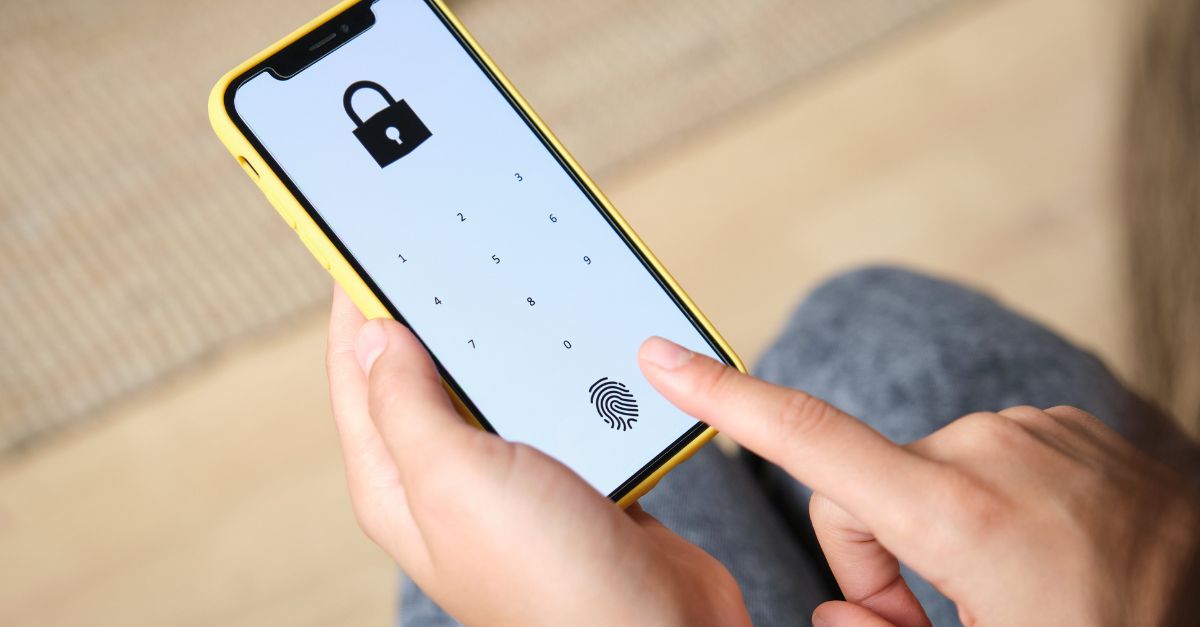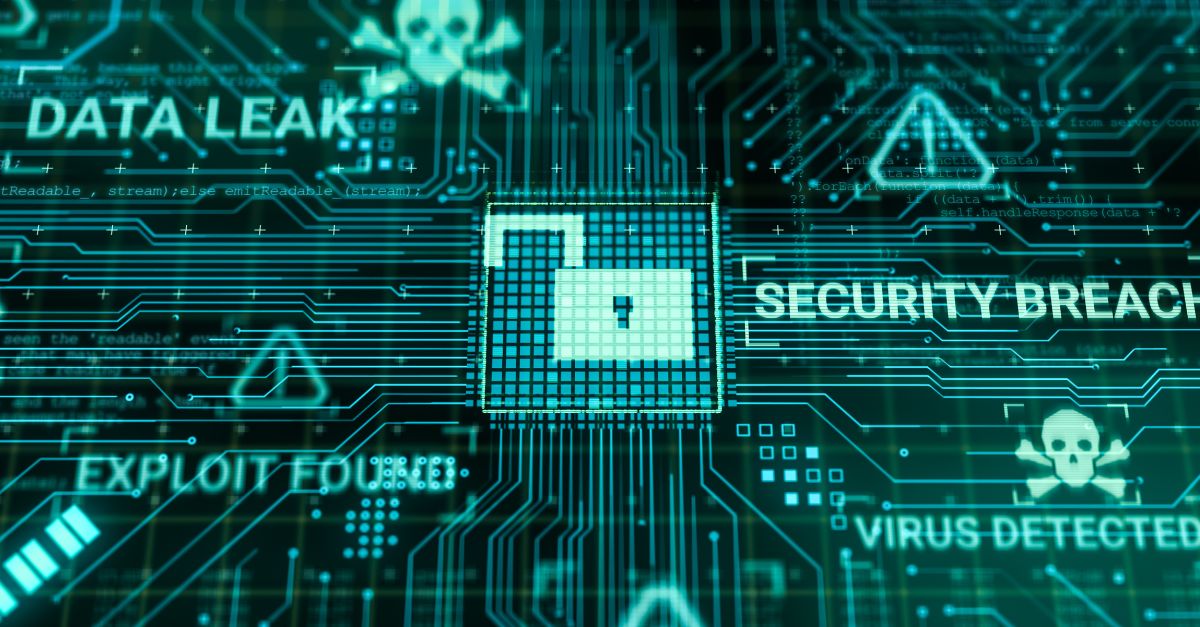The healthcare industry has always been a prominent target for cybercriminals worldwide. They can access high-value patient data and use it maliciously to disrupt the patient’s treatment routine and bring down uptime, which is critical. It has repercussions on patients, doctors, hospitals, and everything associated with the healthcare ecosystem.
- Healthcare security breaches accounted for a loss of $6 trillion by the end of 2020.
- There was a breach of more than a million records across 39 healthcare data breaches in February 2020.
Two things are pretty straightforward:
- Healthcare is an essential need of the people, accounting for 10% of GDP for developed countries, so there’s an urge to protect it from cyber-attacks.
- With the rise of technology invention and evolution, cybersecurity challenges have become more demanding and complicated to get rid of.
In this scenario, becoming aware of the cyber challenges in the healthcare industry is paramount. This blog will highlight the top cybersecurity challenges that healthcare IT professionals should know. So, let’s get things moving.
Top cybersecurity challenges in the healthcare industry
1. Data breaches
The average cost of the healthcare data breach was $9.6 million in 2021. So, it’s clear that data breaches are one of the biggest challenges for the healthcare vertical. The emphasis is on proper device management and monitoring and encryption of sensitive data related to patients and their medication. In addition, Healthcare software providers and organizations must comply with HIPAA (Health Insurance Portability and Accountability Act). It helps them to protect their sensitive information. However, few of them follow it strictly, giving attackers access to the data.
2. Ransomware and malware

Source: McAfee
Ransomware is a subset of malware in which attackers take the data on a victim's computer through encryption and demands payment for decryption and return of access. Of all the new age cyberattacks healthcare professionals face, Ransomware is the most dangerous. Globally, Ransomeware accounted for 304.7 million attacks in the first half of 2021, an increase of 151% since 2020. Cybercriminals cause these attacks through trojan viruses affecting computers or phishing mail when the users click on a link to download a particular attachment.
3. Vulnerability of legacy systems
Replacing legacy systems with a modernized ecosystem is the need of the hour. However, many healthcare organizations are worried about changes, and they don’t want to move from their traditional system. In addition, it creates a chance for a massive cyberattack as the old-age system doesn’t have any protection for modern-day malware and viruses. Tight budgets, upskilling costs, compliance guarantees, and complacency are reasons for not upgrading the IT infrastructure, creating a chance for back-door entry that most cyber attackers exploit regularly.
4. Insecure medical devices and equipment

Source: Embedded Computing Design
Modern-day hospitals are one humongous basket of healthcare-related data. All healthcare professionals utilize connected medical devices to treat patients. With frequent use of such medical devices and equipment, having secure access to them is paramount. Unfortunately, most hospitals don’t give much importance to this aspect, which becomes a reason for a major cyberattack. Around five million unsecured medical devices were running through IoT and IoMT in 2020. It offers a chance for attackers to access insecure devices and take complete control.
5. Insider threats
Not all cybersecurity attacks are from outsiders; insiders also contribute to these attacks prominently. For example, there are chances that some unhappy employees of your organization may decide purposefully to steal sensitive information or disrupt the network to affect availability. These types of attacks are called insider threats, which have increased by 47% in the last couple of years. Many organizations strongly believe that insider threats get triggered by privileged-level users. Therefore, keeping a constant check on them is a must.
6. Distributed Denial of Service (DDoS) attack

Source: ResearchGate
Distributed Denial of Service (DDoS) attack attempts to flood the website or network with internet traffic to disrupt performance and availability. Cybercriminals use bots to send an unmanageable number of requests on the server to bring it down. Many attackers use DDoS attacks alongside Ransomware as it’s one of the most destructive cybersecurity attack combos. Furthermore, attackers can keep healthcare sites down for an extended period and cause severe panic attacks as healthcare providers can’t afford to remain unavailable for a long time.
7. Lack of documented cybersecurity and governance policies

Source: LinkedIn
Every healthcare organization should have documented rules for cybersecurity and set up governance mechanisms. In addition, every healthcare provider should maintain the last six years of documentation related to security policies, required actions, completed activities, and security testing assessments. Unfortunately, healthcare firms don’t spend enough time setting up those procedures and creating solid documentation. They think it’s a waste of precious time and decreases productivity. However, it’s the foundation of a robust ecosystem in contrast to that.
8. Cloud-based threats
Most healthcare organizations are moving to the cloud to store and manage petabytes of sensitive data. However, 94% of organizations have concerns about cloud security. The reason for this is the cloud model follows the principles of accessing from any time and anywhere, which means millions of users interact with a centralized server. The more users access your websites, the more chances of a cybersecurity attack. Big players like AWS and Dropbox also don’t comply with all HIPPA rules. So, how can you expect a regular company to follow the rule?
9. Phishing attack

Source: Simplilearn
A phishing attack is an attempt to misguide users into revealing their password or any personal data which attackers can use to their advantage. Most of these phishing attacks get conducted through social engineering and found over a message or an email. The cybercriminal may send a statement saying that password is not valid and gives a link to reset it. Any regular user will fail to realize that the page is not original but engineered, and they will reset the password, which gets sent to the attacker. Attackers can easily access your account and steal critical data.
10. Lack of cyber awareness
If you’re a healthcare organization, you should remain aware of how to protect sensitive information, rules, and regulations, set up governance policies, and secure the ecosystem. Unfortunately, most people lack cyber awareness, and therefore, they don’t understand critical security and data governance. Here are some issues related to cyber awareness in healthcare:
- Failure to identify the difference between a fake and legit site
- Downloading email attachments without scanning
- Creating weak user IDs and passwords
- Lack of knowledge regarding phishing mail
- Can’t recognize initial signs of a malware infection
- Randomly clicking on any link without verifying the source
- Not knowing about two-factor or multi-factor authentication
Wrapping up
Cybersecurity is a subject that cause sleepless nights to website administrators. When it comes to the healthcare industry, the issue is intensified due to sensitive data and critical information associated with it. No healthcare organization can say they have 100% control over their digital assets. The reason is the rise of new cybersecurity attacks every year, and you need to be aware of the challenges in healthcare to remain relevant and sustainable in the industry.
Healthcare providers need to become more aware of the critical cybersecurity situations and prepare accordingly. Awareness, alertness, preparedness, and quick response are the only way to mitigate the security risks and threats. It’s not easy, but if you’re willing to stay committed to the cause for an extended period, it will reap rich rewards for a robust healthcare ecosystem.







